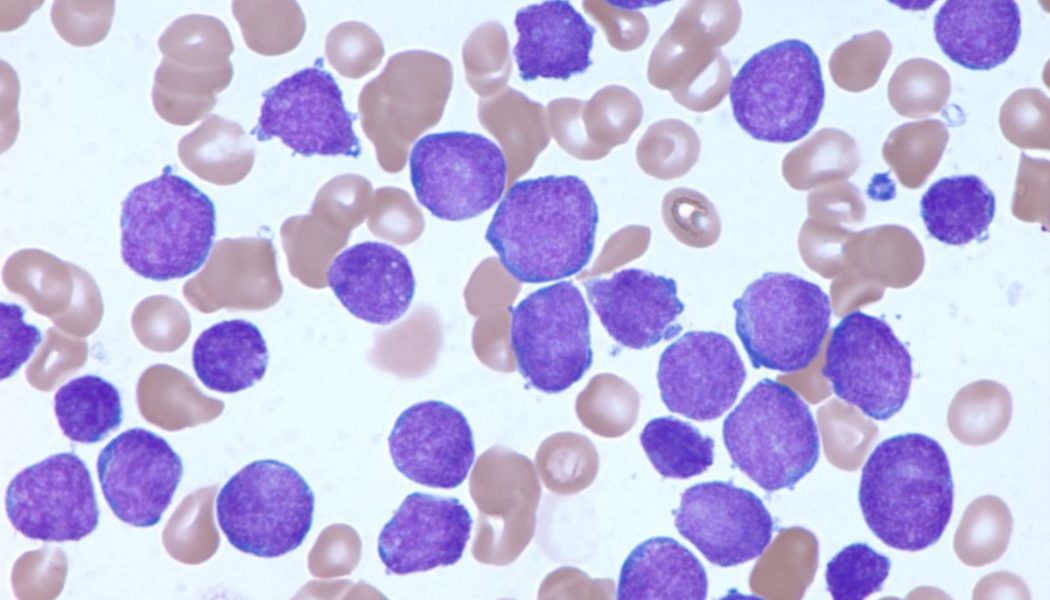Certain Childhood ALL Subtypes Linked to Genetic Ancestry
Posted on 10 Feb 2022
Acute lymphoblastic leukemia (ALL) is a type of cancer that affects white blood cells. It progresses quickly and aggressively and requires immediate treatment. Both adults and children can be affected. Although it is rare, ALL is the most common type of leukemia that affects children.
Racial and ethnic disparities persist in the incidence and treatment outcomes of childhood ALL. However, there is a paucity of data describing the genetic basis of these disparities, especially in association with modern ALL molecular taxonomy and in the context of contemporary treatment regimens.

A large team of Internationals Scientists led by those at St Jude Children’s Research Hospital (Memphis, TN, USA) conducted a multinational, multicenter genetic association study from March 1, 2000, to November 20, 2020. Among 2,428 children and adolescents with ALL were enrolled in frontline trials from the USA, South East Asia (Singapore and Malaysia), and Latin America (Guatemala), representing diverse populations of European, African, Native American, East Asian, and South Asian descent. Molecular subtypes of ALL and genetic ancestry were comprehensively characterized by performing RNA sequencing. Associations of genetic ancestries with ALL molecular subtypes and treatment outcomes were then evaluated. Among the participants in the study, 1,340 of 2,318 (57.8%) were male, and the mean (SD) age was 7.8 (5.3) years.
The investigators reported that in young ALL patients with predominantly East Asian ancestry, the team saw an overrepresentation of tumors containing DUX4 gene alterations and rearrangements involving ZNF384, for example, while patients with Native American ancestry were more prone to tumors with TCF3-PBX1 fusions and rearrangements affecting the CRLF2 gene, as well as lower-than-usual rates of hyperdiploidy and gene fusions involving ETV6 and RUNX1. Tumors marked by hyperdiploidy and DUX4 rearrangements turned up less frequently in ALL patients with African ancestry, on the other hand. Instead, the scientists found that African ancestry coincided with an overrepresentation of tumors with fusions involving the TCF3 and PBX1 genes.
Jun Yang, PhD, a St. Jude’s Faculty member and the senior author of the study, said, “As we start developing future therapies and protocols for children with ALL, especially with personalized medicine and targeted therapy, we can no longer assume that those that work for white children can also be extrapolated to other non-white populations. Our study is the first step to properly characterizing this global diversity, which is needed to inform the design of biologically driven therapeutic protocols.”
The authors concluded that their study suggests that ALL molecular subtypes and prognosis are associated with genetic ancestry, potentially pointing to a genetic basis for some of the racial and ethnic disparities in ALL. Therefore, molecular subtype–driven treatment individualization is needed to help address racial and ethnic gaps in outcomes. The study was published on January 27, 2022 in the journal JAMA Oncology.
Related Links:
St Jude Children’s Research Hospital







 assay.jpg)






